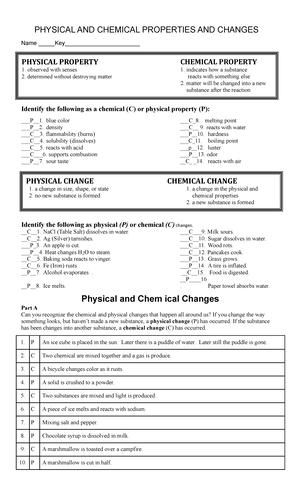- Information
- AI Chat
Was this document helpful?
Lab Report Guide - Fill out the questions about the lab and the different lessons learned in the
Subject: Physical Science
999+ Documents
Students shared 1144 documents in this course
Level:
Standard
Was this document helpful?

Lab Report Guide
Directions
Now that the lab is complete, it is time to write your lab report. The purpose of this guide is to help you write a
clear and concise report that summarizes the lab you have just completed.
The lab report is composed of four sections:
Section I: Experimental Overview
oProvide background information.
oInclude the hypothesis(es).
oSummarize the procedures.
Section II: Data and Observations
oSummarize the data you collected in the lab guide.
oInclude information from data tables.
oInclude any written observations that are relevant.
Section III: Analysis and Discussion
oDiscuss any important calculations or formulas used.
oIdentify key results, what the results indicate, and any trends in the data.
oInclude graphs (if constructed) that display trends in the data.
oProvide possible reasons for any problems with the experiment, or unexpected data.
Section IV: Conclusions
oIdentify if the hypothesis(es) was (were) supported or refuted.
oProvide logical reasoning based on data.
oExplain how the experiment could be improved.
To help you write your lab report, you will first answer the questions listed below by reflecting on the experiment
you have just completed. Then you will use the answers to these questions to write the lab report that you will
turn into your teacher.
You can upload your completed report with the upload tool in formats such as OpenOffice.org, Microsoft Word,
or PDF. Alternatively, your teacher may ask you to turn in a paper copy of your report or use a web-based
writing tool.
Questions
Section I: Experimental Overview
1. What is the purpose of the lab, the importance of the topic, and the question you are trying to
answer?
The purpose of the lab is to demonstrate the concept of density by measuring the mass and
volume of different balls using water displacement, and comparing their densities and seeing
how mass and volume affect an objects properties, density, and ability to float, sink, or be used
as a ball. The question your trying to answer is, can you accurately determine an objects density
with the concept of water displacement?
Copyright © Edgenuity Inc.










